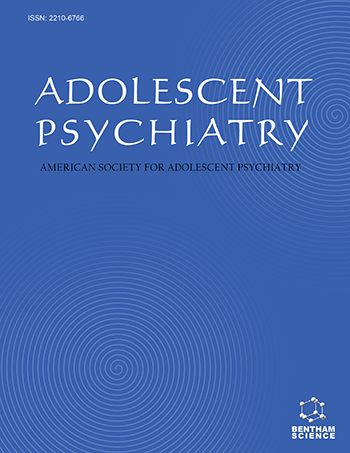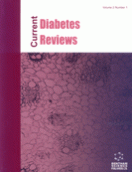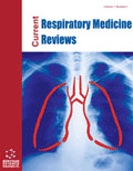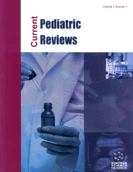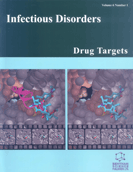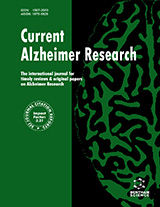Abstract
This article contains first person accounts in narrative and visual form created by clients and family members who have participated in the Early Detection and Intervention for the Prevention of Psychosis Program (EDIPPP). By the time most individuals join EDIPPP they have been experiencing a confusing constellation of thought and behavior changes. For most, EDIPPP signifies the next step in a journey of trying to reclaim a sense of agency in their lives and promise for the future. Understanding the process youth and families go through to make meaning of a “high risk” indication is critical for the clinicians who work with these families. By highlighting these first person accounts and the story they tell, we strive to contribute to this understanding and thereby enrich our discussion of the early detection and intervention for psychosis with the perspectives of individuals participating in our study. These narratives point to the potential value of further research focused specifically on how youth and families come to understand being at risk for psychosis.
Keywords: Adolescents, first person accounts, psychosis, schizophrenia, prodromal psychosis, high risk, recovery
Adolescent Psychiatry
Title:In the First Person: A Window into the Experience of Early Psychosis and Recovery
Volume: 2 Issue: 2
Author(s): Margaret Migliorati, Melina Salvador, Elizabeth Spring-Nichols, Sarah Lynch Tamara Sale and Steven Adelsheim
Affiliation:
Keywords: Adolescents, first person accounts, psychosis, schizophrenia, prodromal psychosis, high risk, recovery
Abstract: This article contains first person accounts in narrative and visual form created by clients and family members who have participated in the Early Detection and Intervention for the Prevention of Psychosis Program (EDIPPP). By the time most individuals join EDIPPP they have been experiencing a confusing constellation of thought and behavior changes. For most, EDIPPP signifies the next step in a journey of trying to reclaim a sense of agency in their lives and promise for the future. Understanding the process youth and families go through to make meaning of a “high risk” indication is critical for the clinicians who work with these families. By highlighting these first person accounts and the story they tell, we strive to contribute to this understanding and thereby enrich our discussion of the early detection and intervention for psychosis with the perspectives of individuals participating in our study. These narratives point to the potential value of further research focused specifically on how youth and families come to understand being at risk for psychosis.
Export Options
About this article
Cite this article as:
Migliorati Margaret, Salvador Melina, Spring-Nichols Elizabeth, Tamara Sale Sarah Lynch and Adelsheim Steven, In the First Person: A Window into the Experience of Early Psychosis and Recovery , Adolescent Psychiatry 2012; 2 (2) . https://dx.doi.org/10.2174/2210676611202020146
| DOI https://dx.doi.org/10.2174/2210676611202020146 |
Print ISSN 2210-6766 |
| Publisher Name Bentham Science Publisher |
Online ISSN 2210-6774 |
 16
16
- Author Guidelines
- Graphical Abstracts
- Fabricating and Stating False Information
- Research Misconduct
- Post Publication Discussions and Corrections
- Publishing Ethics and Rectitude
- Increase Visibility of Your Article
- Archiving Policies
- Peer Review Workflow
- Order Your Article Before Print
- Promote Your Article
- Manuscript Transfer Facility
- Editorial Policies
- Allegations from Whistleblowers
Related Articles
-
The Aftermath of Childhood Sexual Abuse: A Case Report and Review of the Literature
Adolescent Psychiatry Marijuana and Adolescents: Treatment Strategies for Clinicians
Adolescent Psychiatry Anti-NMDA Receptor Encephalitis in a Patient with a History of Autism Spectrum Disorder
Adolescent Psychiatry Editorial: Adolescent Psychiatry — Past, Present, and Future
Adolescent Psychiatry Internet and Video Game Addiction: Evidence & Controversy
Adolescent Psychiatry Borderland and Borderline: Understanding and Treating Adolescent Migrants in Crisis
Adolescent Psychiatry Child and Adolescent Mental Health in Pakistan
Adolescent Psychiatry Editorial (Adolescence—plus ca change, plus c' est la meme chose?)
Adolescent Psychiatry Albert Ellis Rational-Emotive Behavior Therapy
Adolescent Psychiatry Global Child and Adolescent Mental Health Needs: Perspectives from a National Tertiary Referral Center in India
Adolescent Psychiatry Use of Mental Health Services By Youths Who Have Sexually Offended
Adolescent Psychiatry Caregiver Involvement in Sexual Risk Reduction with Substance Using Juvenile Delinquents: Overview and Preliminary Outcomes of a Randomized Trial
Adolescent Psychiatry Social Media Use among Adolescents: Benefits and Risks
Adolescent Psychiatry Effects of Prefrontal 40 Hz-Centered EEG Band Neurofeedback on Emotional State and Cognitive Functions in Adolescents
Adolescent Psychiatry The Therapeutic Community for the Adolescent Substance Abuser
Adolescent Psychiatry Diagnosis of Autism Spectrum Disorder in Adolescents with Complex Clinical Presentations: A Montreal Case Series
Adolescent Psychiatry The Use of a Geographic Information System (GIS) to Study Spatial Distribution and Factors Associated with Stress Among Thai Adolescents
Adolescent Psychiatry From 9/11 To 2011: A Brief Overview from a Child and Adolescent Psychiatry Perspective
Adolescent Psychiatry Should Adolescents be Screened for Depression?
Adolescent Psychiatry The Impact of Diabetes on Adolescent Development: The Experiences of Teenagers with Diabetes Attending a Summer Camp
Adolescent Psychiatry


